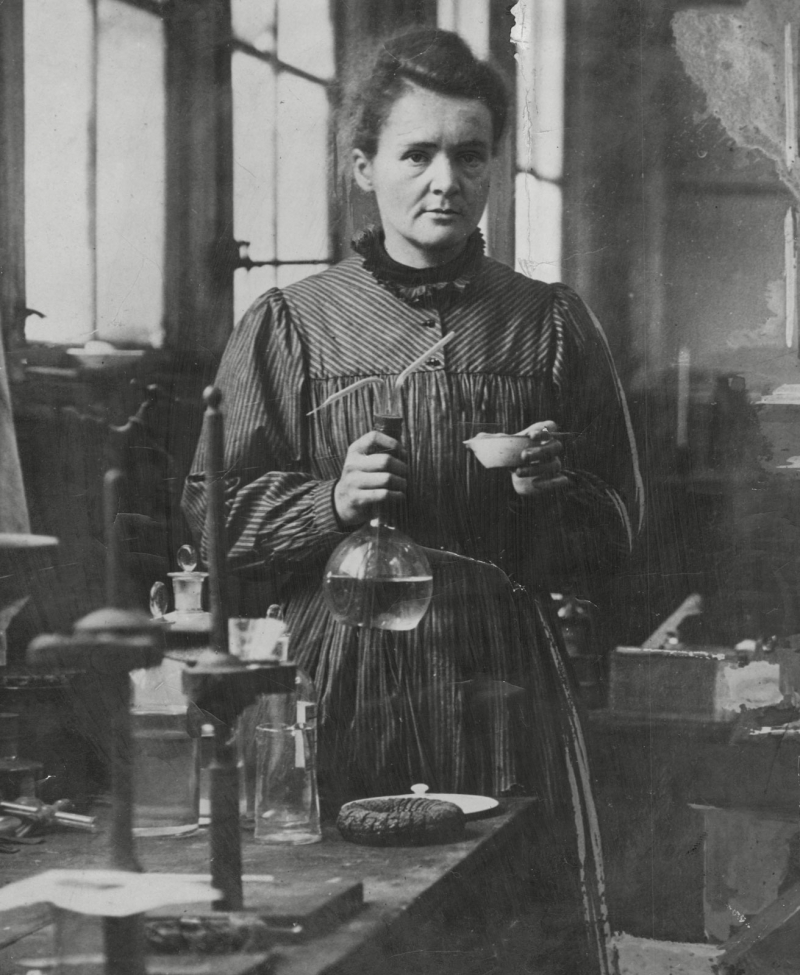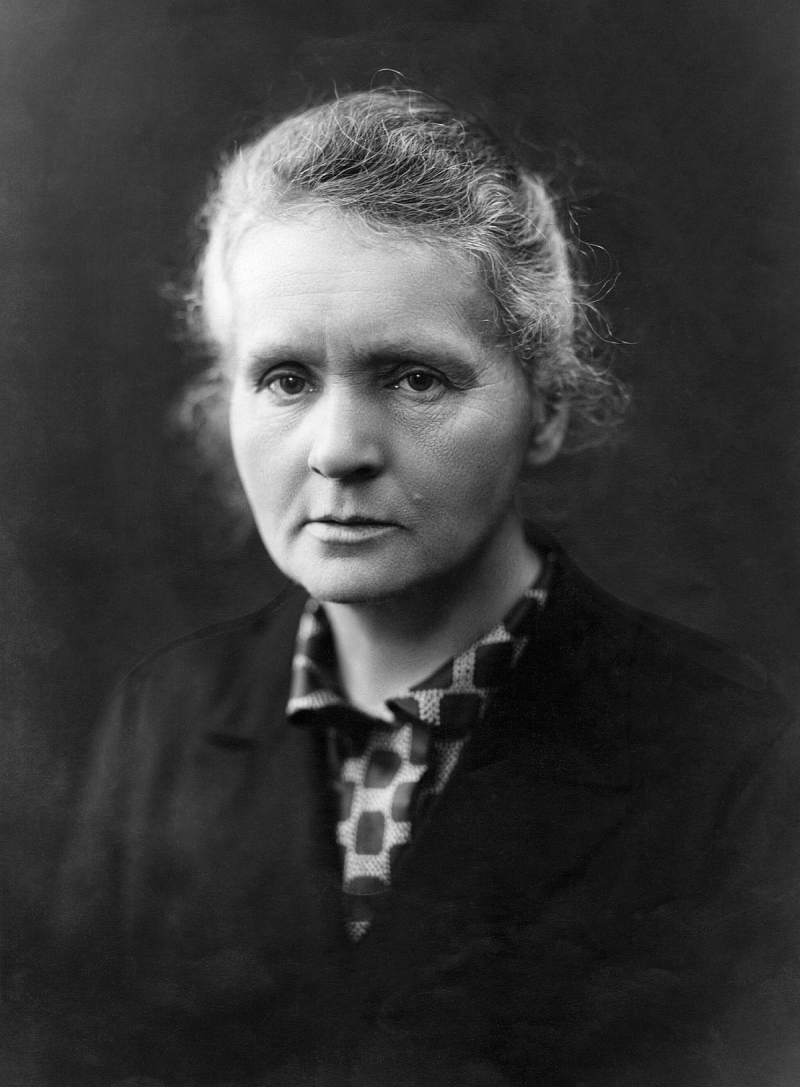Marie Curie
Marie Salomea Skodowska-Curie (7 November 1867 - 4 July 1934) was a Polish and naturalized-French physicist She was the first woman to receive a Nobel Prize, the first and only woman to receive the prize twice, and the only person to receive the prize in two scientific fields. Her husband, Pierre Curie, shared her first Nobel Prize, making them the first married couple to do so and launching the Curie family legacy of five Nobel Prizes. Among the most important historical figures in Poland, she was the first woman to be appointed as a professor at the University of Paris in 1906.
She was born in Warsaw, Poland, which was then part of the Russian Empire. She attended Warsaw's covert Flying University and began her practical scientific training there. In 1891, at the age of 24, she followed her elder sister Bronisawa to Paris to study, where she earned her higher degrees and continued her scientific work. In 1895, she married the French physicist Pierre Curie, with whom she shared the 1903 Nobel Prize in Physics for their pioneering work developing the theory of "radioactivity" - a term she coined. Pierre Curie died in a Paris street accident in 1906. Marie received the Nobel Prize in Chemistry in 1911 for discovering polonium and radium using techniques she invented for isolating radioactive isotopes.
The world's first studies into the treatment of neoplasms with radioactive isotopes were conducted under her direction. She established the Curie Institute in Paris in 1920 and the Curie Institute in Warsaw in 1932, both of which are still major centers of medical research today. She created mobile radiography units to provide X-ray services to field hospitals during World War I.
Marie Skodowska Curie, who used both surnames while a French citizen, never lost her sense of Polish identity. She taught her daughters Polish and took them to Poland. She named the first chemical element she discovered polonium after her native country.
Marie Curie died in 1934, at the age of 66, at the Sancellemoz sanatorium in Passy (Haute-Savoie), France, of aplastic anemia caused by radiation exposure during her scientific research and radiological work at field hospitals during World War I. In addition to her Nobel Prizes, she has received numerous other honors and tributes; in 1995, she became the first woman to be entombed on her own merits in Paris Panthéon. She has been the subject of numerous biographies, where she is also referred to as Madame Curie.










